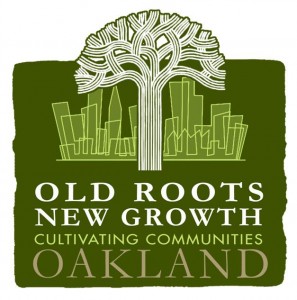This year’s conference is divided into a number of tracts designed to provide a variety of sessions on each individual topic. These tracts were selected to address topical issues today’s communities are facing. Each tract has a variety of sessions and a mobile workshop ranging from beginning through advanced practitioners. Garavaglia Architecture Inc., staff are active participants in tracts this year.
Tracts include:
Twenty-First Century Preservation: Cultivating Broader Perspectives
How do we recognize history not apparent in the bricks and mortar of our neighborhoods? How do we identify and engage new community partners? This track explores how professionals and communities can integrate new perspectives to address cultural and social heritage.
The Money Tree: Sowing the Seeds of Economic Development
The economic climate directly affects historic preservation. This track will examine the impact of emerging economic trends on historic properties and identify how preservationists can influence real estate development by knowing what makes public agencies and private developers tick.
- Mike Garavaglia, Principal of Garavaglia Architecture, Inc. is serving as a moderator for the “What’s Next for Redevelopment Agencies in California” session under this tract. The session will explore the ramifications of and solution for the recent loss of redevelopment in California.
- Dea Bacchetti, Marketing Manager at Garavaglia Architecture, Inc., head of the local conference steering committee, and board member for Oakland Heritage Alliance, is part of a panel that lead conference attendees on a tour of Oakland’s newly revitalized Uptown Arts District as a part of the mobile session “Rocking and Rolling in Uptown: How the Fox Theater Renovation Spurred Reinvestment”
Training New Growth: Planning for Change in Historic Contexts
This track examines the planning tools that are available for managing change in a historic context. Using examples ranging from individual projects to long-term planning efforts, speakers will highlight successful strategies for designing the built environment and its landscapes.
Tending to the Technical: Best Practices in Building Preservation
A range of technical topics for preservation professionals and clients are covered in this track, including alternative fire and life-safety compliance, facade and material investigation techniques, innovative seismic assessment and design, and interdisciplinary approaches to adaptive reuse.
New Shoots in Old Ground: Industrial Roots and Reuse
Oakland and the greater Bay Area have a commercial, manufacturing and military past that generated numerous significant structures and landscapes. This track examines the economic, technical, and social impacts associated with reuse of these commercial and industrial areas.
For more information on the conference, visit CPF’s website: www.californiapreservation.org

